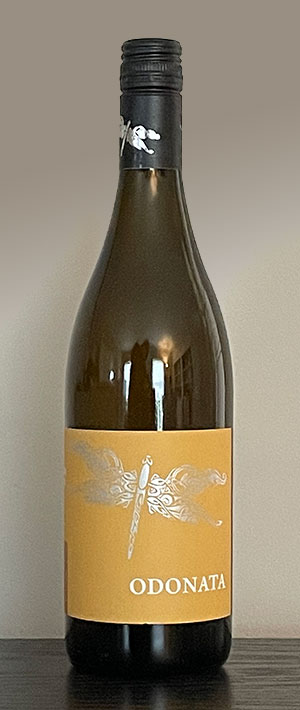
Odonata Boekenoogen Vineyard Chardonnay 2021
Odonata is a small boutique winery near Salinas, California. It is owned and operated by Denis Hoey, who traveled a winding road from business management, to would-be firefighter, to brewery worker, and finally to winemaker.
Hoey is a native of Sacramento, and grew up in a family that enjoyed wines of all kinds. In 2004 he graduated from the University of California at Santa Cruz with a degree in Business Management. But before he did any work in that field, he landed a job at Bison Organic Brewery in San Jose, where he learned sanitizing protocols and how to run a bottling line.
More profoundly, he soon met Jeff Emery, who had just taken over as owner and winemaker at Santa Cruz Mountain Vineyard. SCMV was started in 1975 by Ken Burnap, who based his winemaking on Old World approaches such as moderate levels of alcohol and oak, with the goal that the true characteristics of the grape varieties are expressed. Burnap passed that philosophy down to Emery, who in turn guided Hoey in that direction. Once Hoey began his apprenticeship, his life course was permanently altered. He became the production manager for SCMV before starting Odonata Wines in Santa Cruz in 2005. That year production was a mere 65 cases. By 2008 that was up to a still modest 150 cases, mostly Petite Sirah. Production is now about 6,000 cases, of which 1,000 are bubblies.


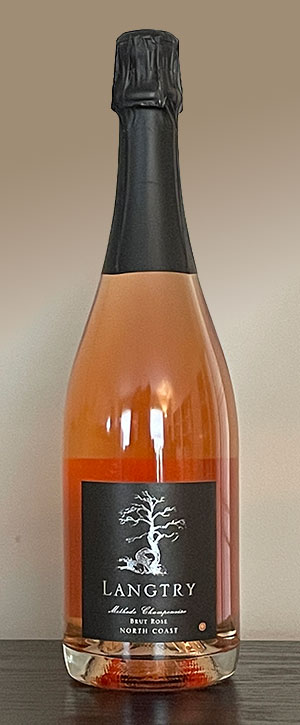
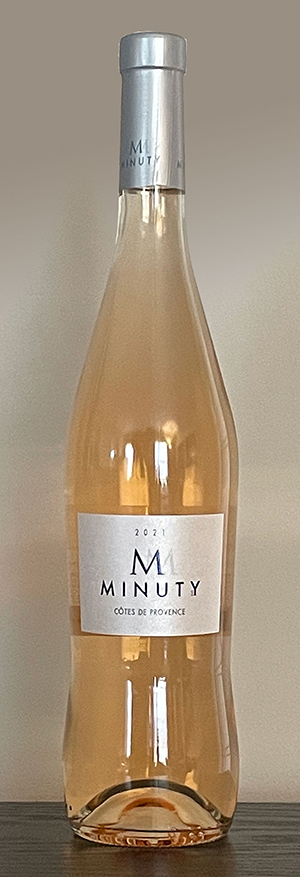

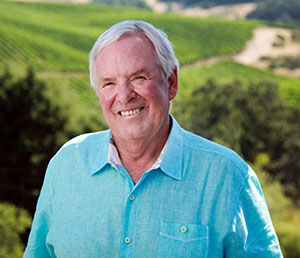
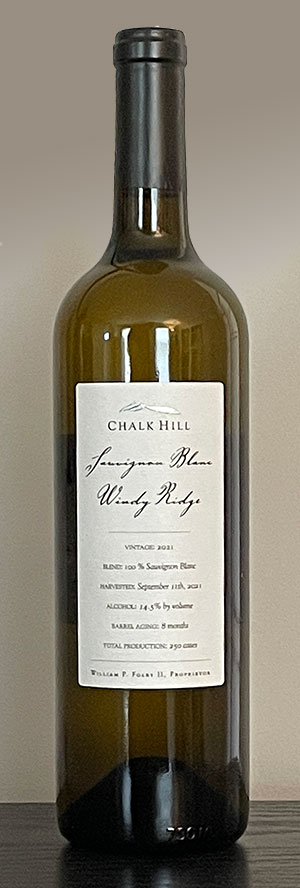

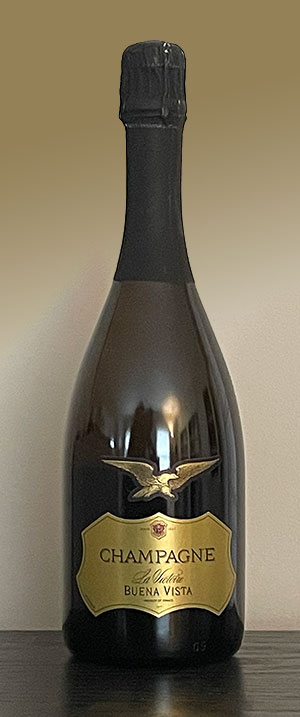
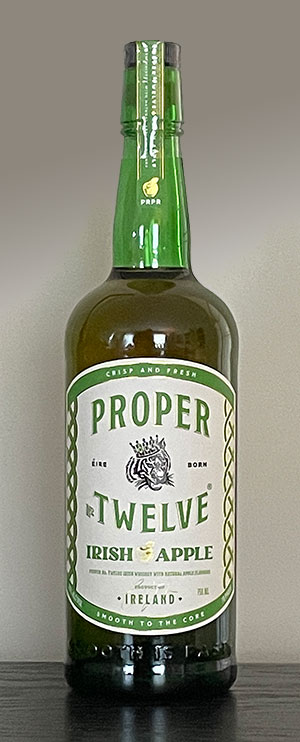
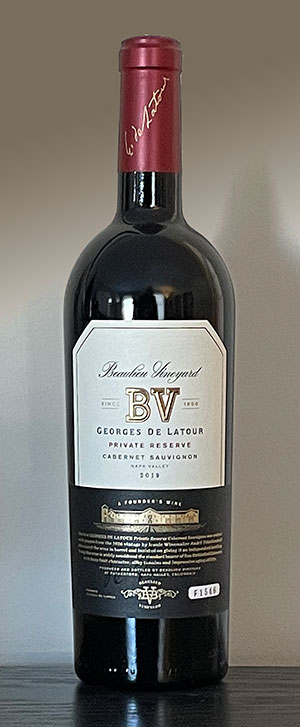
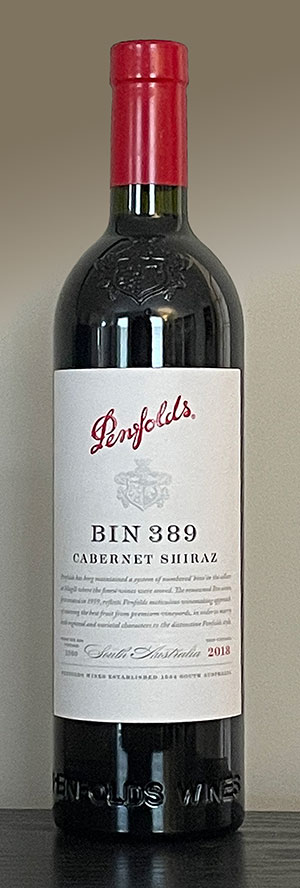
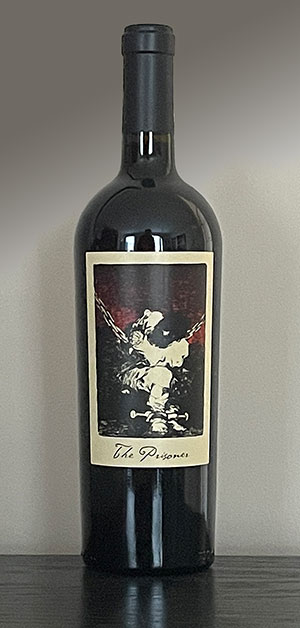
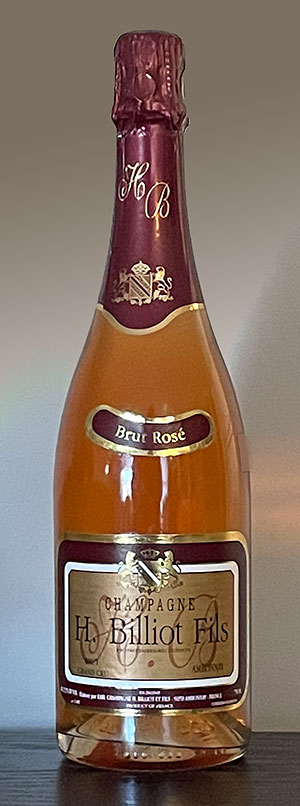
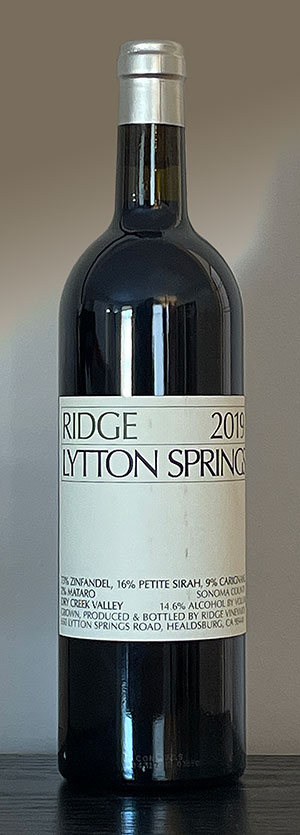
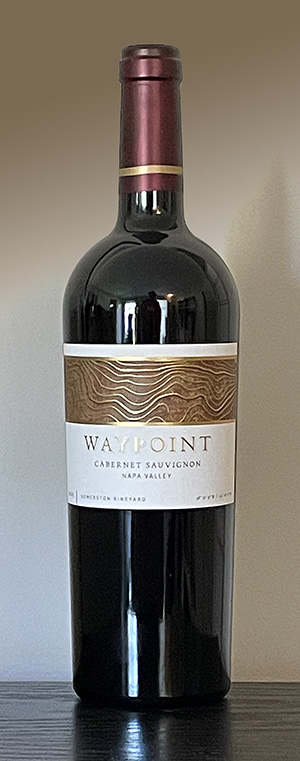 Waypoint Vineyards Cabernet Sauvignon
Waypoint Vineyards Cabernet Sauvignon